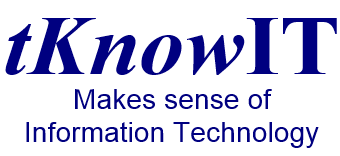Does your business use MFA?
If you have Multi-Factor Authentication (MFA) then you are entering two pieces of information to login to your apps and/or devices. This could be your password and an additional “factor” like your fingerprint, text code to your mobile phone or an MFA app.
Cyber criminals are using ever increasingly sophisticated techniques to guess your password or even bypass security. This means that the more barriers you can put up, the more difficult it becomes for them to break into your systems.
Everyone and especially businesses, should be using MFA as it provides great protection against cyber attacks and other security threats.
Out new guide will tell you all you need to know. And it’s free to download.










